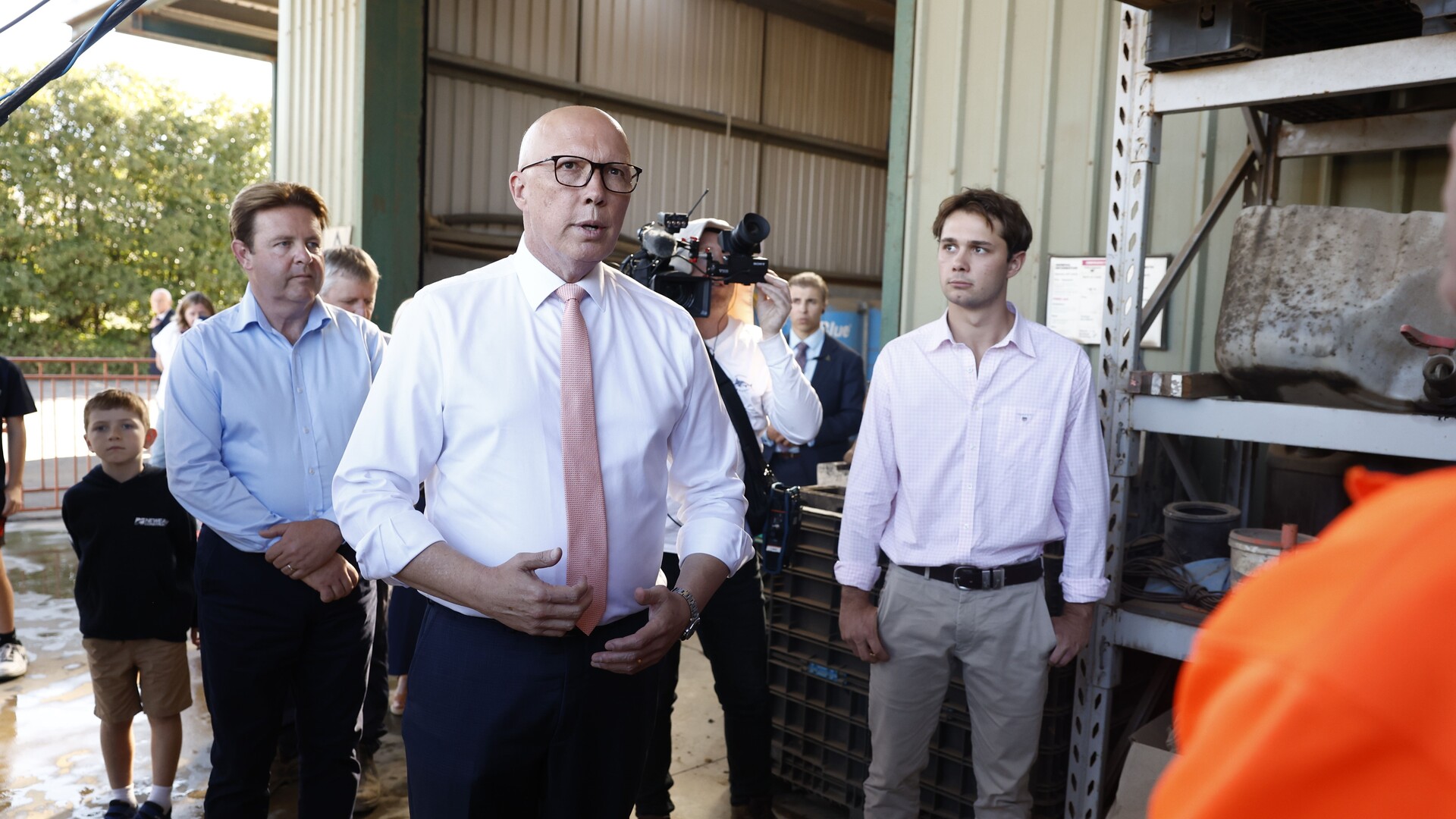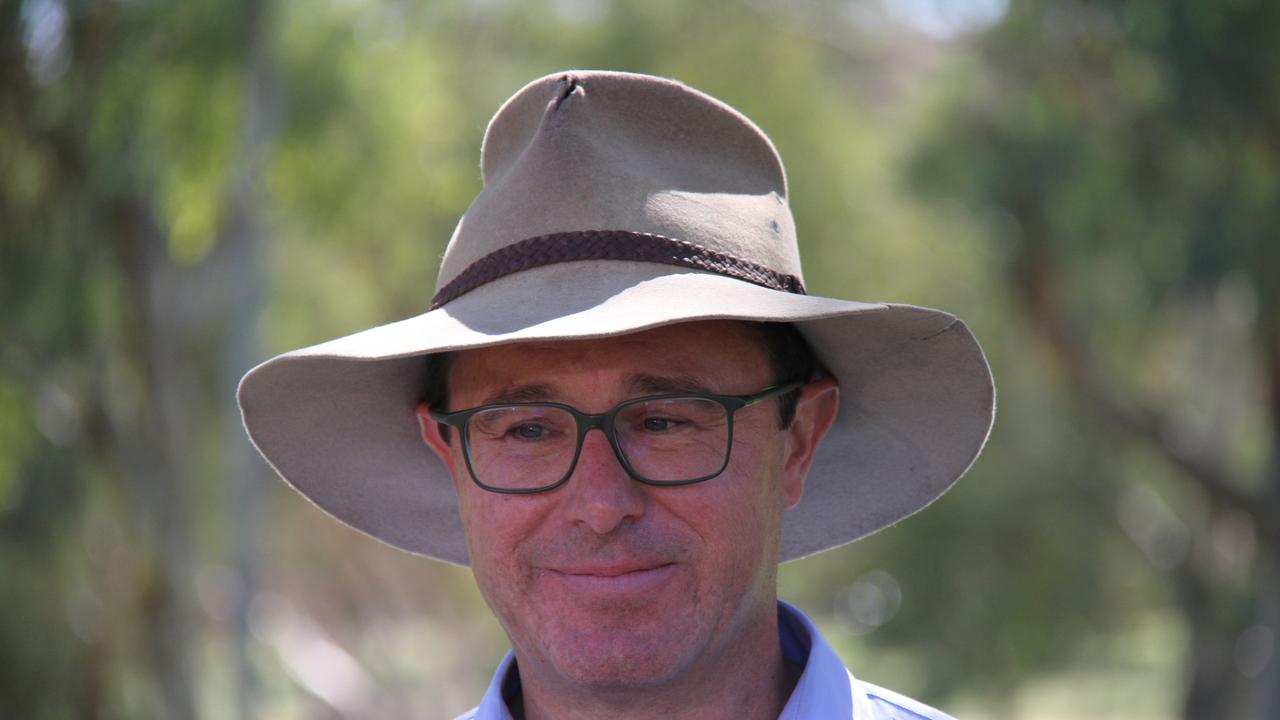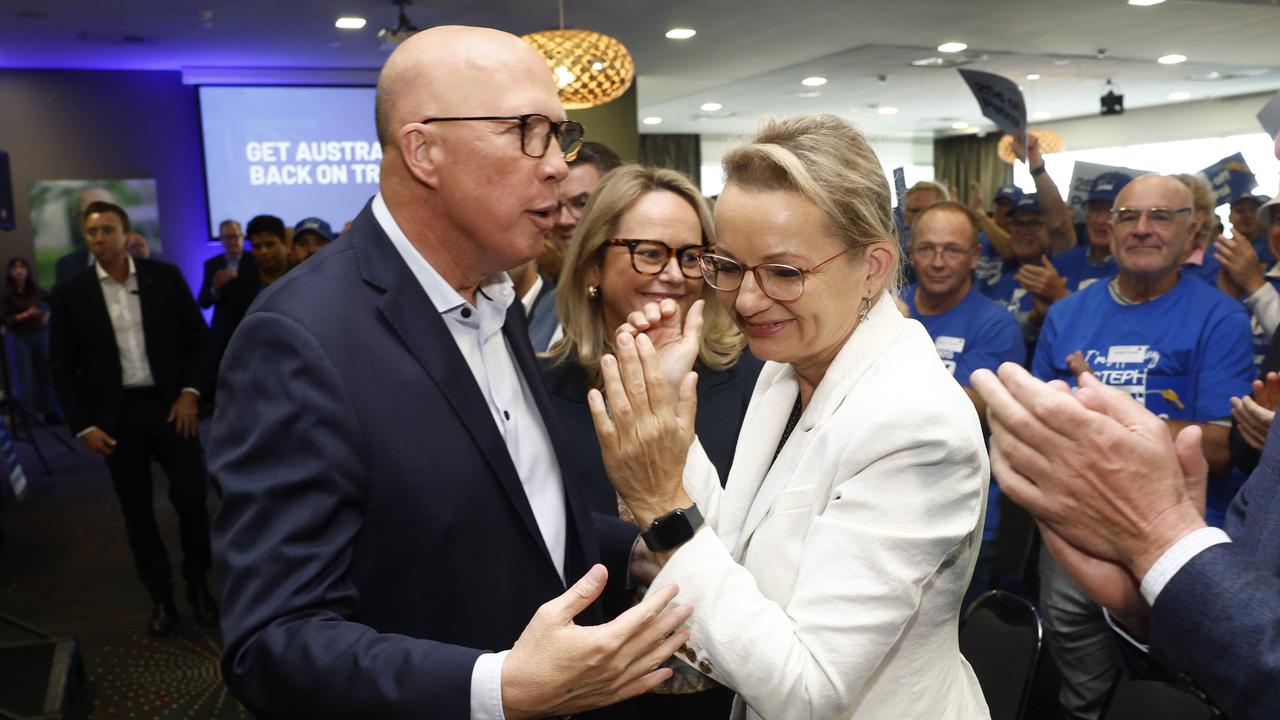Federal election 2025: Analysis of regional electorate swings
The 2025 federal election was one for the history books. Here’s an overview of every regional seat across southeastern Australia.

Bigger than Bob Hawke in 1983 and Kevin Rudd in 2007, Anthony Albanese’s 2025 result was one of Labor’s largest-ever election wins.
We take a look at regional Australia’s electoral map following the Labor clean sweep, which resulted in Peter Dutton becoming the first opposition leader to lose his seat at an election — and the rise of the independent movement, which gained ground in both city and country.
MONASH
(Liberal: 2.9 per cent)
For those who didn’t get enough of the election horse race, Monash will keep diehards occupied. No two candidate preferred count is currently available for the seat as the AEC’s 2.9 per cent figure provided on election night is based on a conventional race between Labor and the Coalition. However, crossbench MP Russell Broadbent’s decision to run as an independent has thrown a spanner in the works and the addition of independent candidate Deb Leonard’s 17.5 per cent primary vote means days of AEC checking and cross-checking of ballots.
BENDIGO
(Labor: 0.3 per cent)
Previously held by Labor MP Lisa Chesters on a two-party preferred margin of more than 11 per cent, Bendigo travelled in the opposite direction of the state and national wave towards Anthony Albanese. Ms Chesters was hit with an 8 per cent swing on primaries, with only 34 per cent of Bendigo voters giving her their first preference, followed by National Party candidate Andrew Lethlean with more than 30 per cent. With Ms Chesters on a lead of roughly 600 votes, it is one of the nation’s closest contests — so a winner may not be known for a while.
BALLARAT
(Labor: 10.5 per cent)
Like neighbouring Bendigo, Ballarat bucked the leftward trend on Saturday night — although the Coalition’s gain on two-party preferred was far more modest. Labor frontbencher Catherine King sustained a small swing but still boasts a comfortable 10 per cent margin.
WANNON
(Liberal: 3.6 per cent)
Has any politician in living memory had more of a rollercoaster election night than Dan Tehan? Within only an hour or so, the Liberal MP went from fighting for his life in the seat to being touted as the next Opposition leader. With a margin of 3.6 per cent, barely any change in the two party preferred margin was registered against high-profile independent Alex Dyson, although Dyson’s primary did rise past 30 per cent with support concentrated around his Warrnambool base.
CORANGAMITE
(Labor: 8.2 per cent)
In the days of Gillard vs Abbott and Turnbull vs Shorten, Corangamite was considered an ultra-marginal bellwether. Not any more. Labor MP Libby Coker maintained her relatively safe margin with barely any primary vote tally changes compared to 2022, despite an energetic campaign by Liberal newcomer Darcy Dunstan.
CORIO
(Labor: 13.2 per cent)
Deputy PM Richard Marles now boasts the safest Labor seat in regional Victoria, with a small swing in his favour boosting his already sizeable margin in the Geelong electorate.
NICHOLLS
(National: 15 per cent)
National Party MP Sam Birrell had an electoral baptism of fire in 2022, holding onto the Goulburn Valley electorate by a narrow margin against independent challenger Rob Priestly three years ago. With Priestly out of the picture, Birrell’s margin has ballooned to a whopping margin of more than 15 per cent – restoring his electoral buffer to that of National Party predecessor Damian Drum.
INDI
(Independent: 8.5 per cent)
Like Corangamite, Indi used to be a seat to watch on election night — but the popularity of independent MP Helen Haines means the Coalition are seemingly competitive no longer in North East Victoria at a federal level. Haines boosted her primary to a commanding 43 per cent, better than many major party incumbents across regional Australia.
MALLEE
(National: 19.7 per cent)
Representing Victoria’s largest electorate by geographic footprint, National Party MP Anne Webster is one of the few MPs to be elected on first preferences alone — gaining more than 50 per cent of primaries in Mallee.
GIPPSLAND
(Nationals: 19.8 per cent)
The late Peter Nixon was arguably Gippsland’s most famed federal representative and held the eastern Victoria electorate on margins nudging 20 per cent back in the 1960s and 70s. His most recent successor, Darren Chester, has maintained the super-majority for the Nats — making his seat the safest in Victoria for the conservative side of politics.
MCEWEN
(Labor: 4.9 per cent)
Located along Melbourne’s northern fringe, McEwen was a popular camapign stop for both Anthony Albanese and Peter Dutton. Despite the numerous visits by both and the fevered media speculation, McEwen MP Rob Mitchell’s margin of nearly 5 per cent barely changed.
FLINDERS
(Liberal: 1.6 per cent)
The best known member for Flinders was arguably former treasurer Phil Lynch, known in the Fraser years for his “razor gang” spending cuts. Independent challenger Ben Smith was certainly a one-man razor gang into the Liberal Party’s safe seat status on the Mornington Peninsula. Liberal MP Zoe McKenzie looks to be on track to be re-elected as the final votes are counted, but it’s a far slimmer result than anticipated.
EDEN-MONARO
(Labor: 6.7 per cent)
The former bellwether that used to make or break prime ministers was just another number in the Albanese victory tally with Labor MP Kristy McBain slightly increasing her majority, while Liberal challenger Jo van der Plaat went backwards on primary votes.
RIVERINA
(Nationals: 13 per cent)
Former deputy PM Michael McCormack managed to defy the national swing, with a boost of more than three per cent to his margin. Five independents and a grab-bag of minor parties running in the safe seat meant primary votes were scattered.
FARRER
(Liberal: 14.8 per cent)
One of the contenders to be the next Opposition leader, Sussan Ley’s current 14.8 per cent is set to be altered by the AEC, as it is currently calibrated against Labor. However, independent challenger Michelle Milthorpe gained a strong 20.5 per cent primary result in Farrer. While not enough to trouble Ms Ley, it will eat into her margin somewhat by the time the new two party preferred figure is tabulated.





